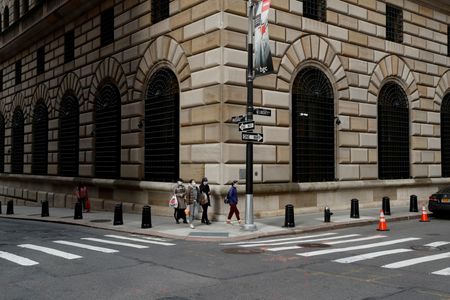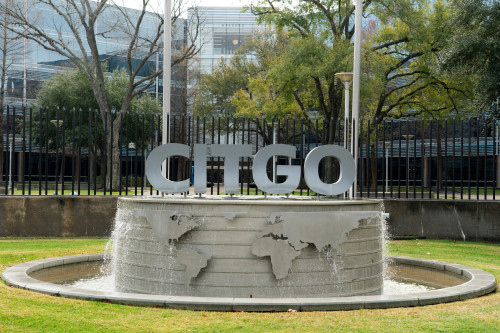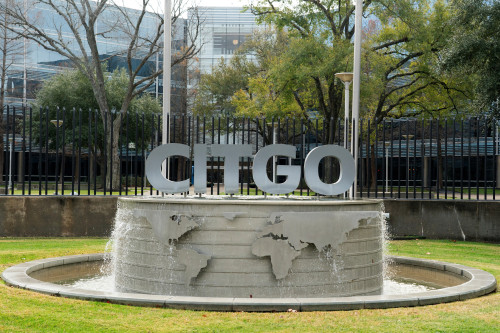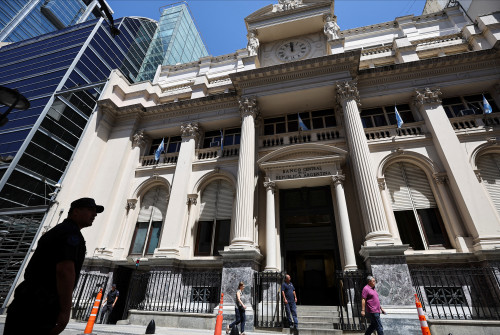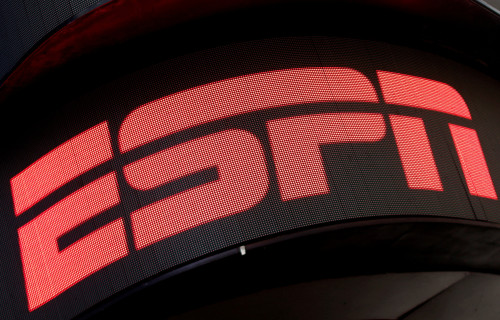By Jamie McGeever
ORLANDO, Florida (Reuters) -Even though it may surprise some that it’s positive at all, the risk premium on equity over bonds has hit historic lows – a key driver of the recent dash for fixed income.
Wall Street has successfully fended off the continued rise in U.S. interest rates and drum beat of recession talk this year, but lukewarm equity returns relative to bonds suggests further upside in the second half of the year may be limited.
The so-called equity risk premium (ERP), the extra return investors can expect for holding stocks over risk-free government bonds, is hovering around its lowest level since before the Great Financial Crisis.
By some measures it is very close to or even below long-run averages, lessening the incentive for investors to allocate capital to riskier investments when historically safer assets offer prospective returns that are nearly as attractive.
Of course, U.S. Treasuries have soured their “safe haven” status lately – posting record annual price losses last year as the Fed jacked up interest rates and suffering unusual volatility around the banking shock in March.
But whether stocks are viewed against bonds or cash, the picture is not great – S&P 500 price/earnings valuations are above long-term averages and short-dated bonds and T-bills, in particular, offer juicier yields approaching 5%.
“The risk-reward for equities does not look attractive in light of risk-free hurdle rate at 5%,” JP Morgan analysts wrote in their latest global asset allocation outlook. “We believe stocks are set to weaken for the remainder of the year and one should be underweight from here.”
There are many ways to slice and dice the ERP, and most right now show that Wall Street has to cheapen further or bond yields have to come down more before the case for stocks becomes more compelling.
The S&P 500 earnings yield is calculated dividing the latest or forecast 12-month earnings per share by the market’s current level. The ERP is then arrived at by subtracting a benchmark bond yield, say 10-year, from the equity market earnings yield.
A broad measure of the U.S. ERP using composite stock and bond yields has fallen to a 2.43% premium on stocks, the lowest since 2007, and further below the 20-year and 35-year averages 3.72% and 3.14%, respectively.
Two cuts of the ERP based on S&P 500 12-month trailing and forward earnings against the 10-year Treasury yield have fallen to 1.58% and 1.83%, respectively. Both are near February’s lows, depths not reached since 2010 and 2007, respectively.
In his third-quarter outlook published in late March, Tony DeSpirito, chief investment officer of U.S. Fundamental Equities at BlackRock, notes that the S&P 500’s ERP of 1.72% was close to the average of 1.62% going all the way back to the 1950s.
This still suggests equity pricing relative to bonds is “slightly better,” although in broad terms it is a “fairly balanced proposition between the two assets,” DeSpirito says.
HEAVILY UNDERWEIGHT
Reflecting this drop in premia, there is mounting anecdotal evidence and positioning data that shows investors have not been this gloomy on stocks for many years and have been piling into bonds of late.
Bank of America’s latest fund manager survey shows global equity allocation slipping to a net 29% underweight in April, which is 2.0 standard deviation below the long-term average, while U.S. equity allocation was a net 34% underweight.
That was up from March, but is still among the most bearish positions of the past 20 years and is 1.5 standard deviation below its long-term average.
The latest Commodity Futures Trading Commission positioning data, meanwhile, shows hedge funds and speculators holding their largest net short position on S&P 500 index futures since 2011.
Contrast this with cash and bonds. U.S. money market fund aggregate balances now top $5 trillion, while the BofA survey shows investors’ cash levels in April at an elevated 5.5% and their allocation to bonds the highest since March 2009.
Yet JP Morgan’s latest client survey showed the share of investors likely to increase equity exposure over the coming weeks fell to just 26%, the lowest in at least two years.
Diane Jaffee, lead portfolio manager at TCW, argues that investors should be looking beyond the earnings recession likely to be confirmed during the current reporting season, and into next year.
Plus, even though the ERP has shrunk, it is still positive.
“The earnings yield is not what it used to be but it is still attractive relative to other opportunities,” Jaffee said. “What the naysayers on stocks are ignoring is the consensus range for 2024 earnings growth is 6-12% – once we get past this slowdown there is going to be quite a bump up from 2023.”
(The opinions expressed here are those of the author, a columnist for Reuters.)
(By Jamie McGeever in Orlando, FloridaEditing by Matthew Lewis)

